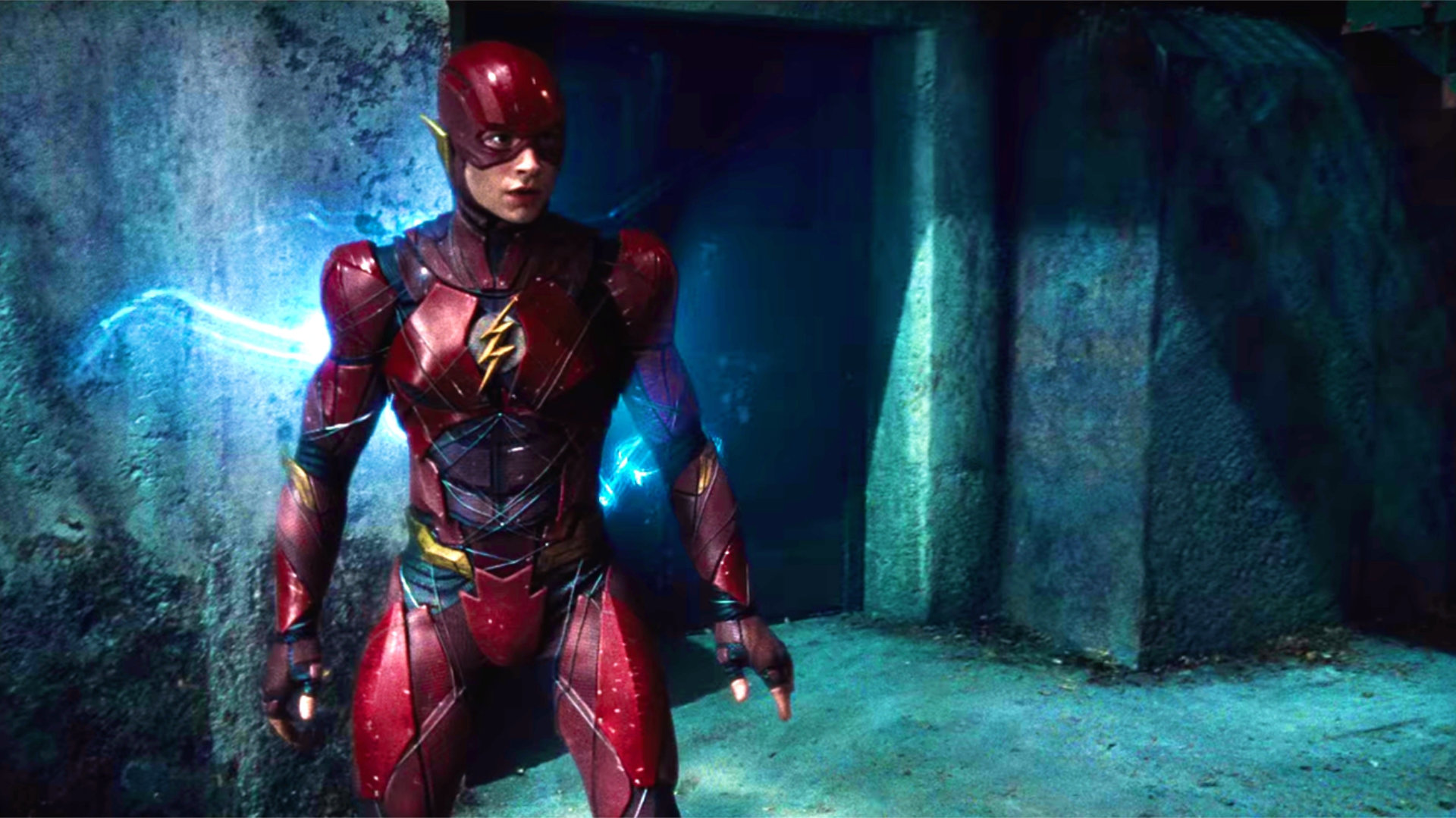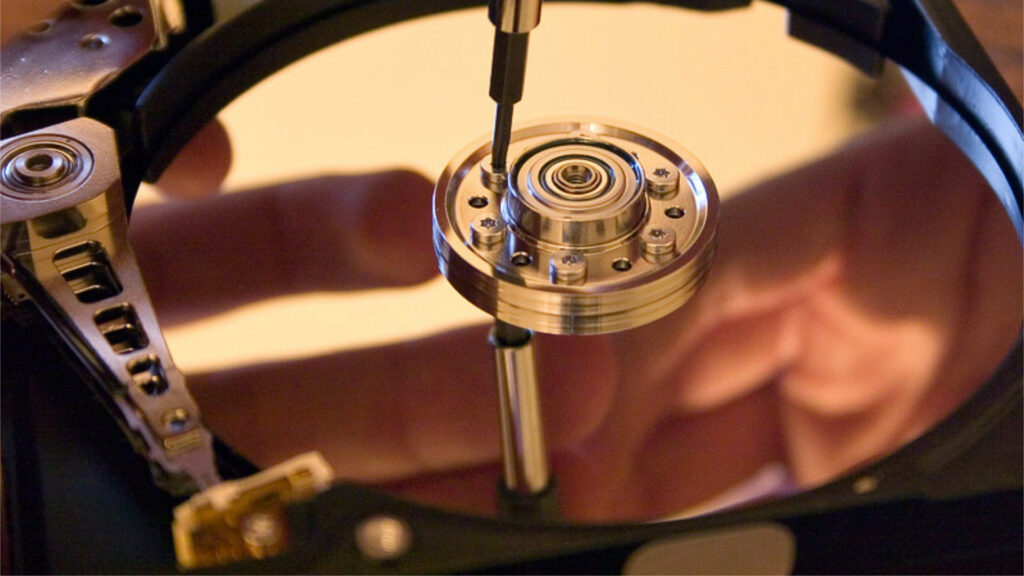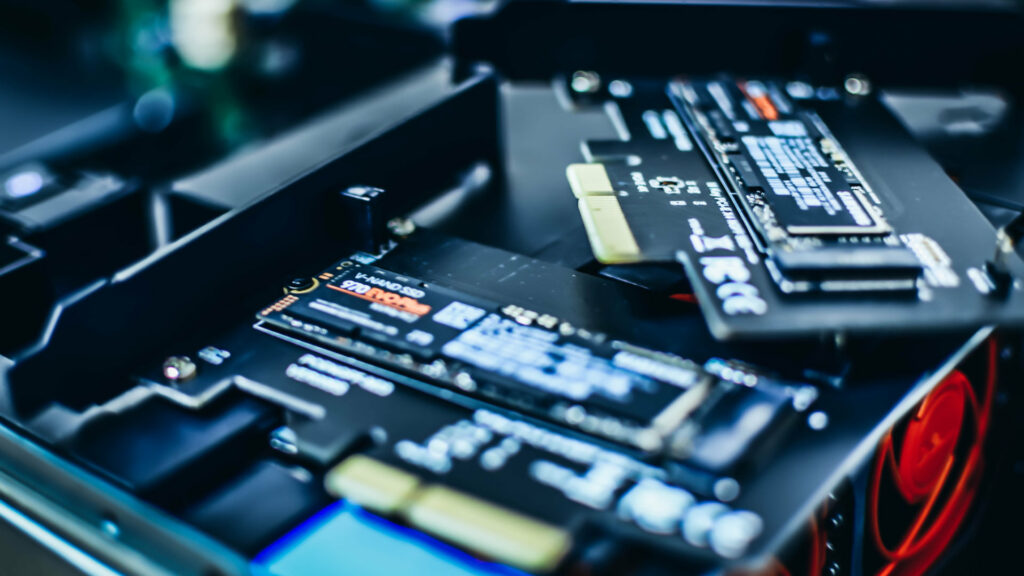
Our good old hard drives are on the way out. The magnetic scratching of our old-fashioned PCs is slowly being replaced by the quiet hum of SSDs and flash memory. And the benefits are many.
Traditional hard drives have been replaced by flash memory storage media for several years now. Our smartphones all use this technology, our tablets too, most recent computers are also equipped with it … in short, flash memory is everywhere.
But what exactly is flash memory?
A means of storage
If we want to keep it very simple, flash memory is first and foremost a means of storing computer data (photos, music, videos, etc.). More precisely, it is a mass memory, that is to say a storage means which keeps the recorded information, even in the absence of power supply. This means that even when you turn off your computer or smartphone, your data is still there.
Mass memory is to be put in opposition to memory volatile (like the RAM of a computer or a phone) which erases all its data when it is no longer supplied with electricity.
You have surely heard of “SSD” which replace hard drives in our computers. It is one type of flash memory among others. Our phones and tablets more often use eMMC or UFS memory, on-board flash memory and usually soldered to the motherboard.
Flash memory, how does it work?
If we stick to the definition above, flash memory is not much different from traditional hard drives which also remember saved data even after a restart. But technically, flash memory is a major evolution from the technology used in our hard drives.
Hard drives use mechanical components which limit (among other things) the speed of writing and reading data, in addition to making the component fragile. In summary, on a hard drive, a playhead (similar in idea to the playhead of a turntable) will generate a positive or negative magnetic field on a rotating glass cylinder. Depending on the load written on the disk area, the computer will be able to interpret this in binary language.

Flash memory does not use mechanical components. It is the same type of storage that can be found for example on memory cards or in USB keys. Rather than storing information by electrically charging a pivoting cylinder, the transistors that make up the flash memory will trap electrons. Depending on whether these transistors are charged or discharged, the computer will interpret this signal in binary language and will be able to serve you your data.
What are the advantages over a hard drive?
By removing the mechanical nature of hard drives, flash memory offers many advantages. First of all, it is much more resistant to shocks, making it more suitable for use in mobile devices.
Second, and most importantly, it is faster than a hard drive. Much faster. Since it is not limited by the physical constraints of moving the read head, flash memory offers immensely faster data writing and reading speeds. Accessing data on flash memory takes between 35 to 100 microseconds (one millionth of a second) whereas a hard drive can take 5,000 to 10,000 microseconds. On large volumes of data, this almost 100x faster speed can make a huge difference.
The simple act of swapping your computer’s hard drive for an SSD can give your machine a new lease of life. Whether transferring data, installing software or powering up your computer, everything is significantly faster with an SSD.

Flash memory is also more compact, quieter and more energy efficient than a hard drive. It is because of these many qualities that it has imposed itself everywhere, from our smartphones to our computers, including our tablets and our multimedia boxes.
And the disadvantages?
Of course, flash memory doesn’t just have advantages. First of all, it is still expensive to produce. At equivalent capacity, you will pay more for an SSD than for a hard drive. At Materiel.net for example, a 2 TB SSD costs around 199 € while a hard drive with the same volume costs 59 and a few euros.
Hard disks are also the only components that can offer very high storage capacities. For example, it is possible to buy hard drives of 16 TB or more, whereas this hardly exists in the world of SSDs, well except if you are ready to sell a kidney and two arms.
Flash memory is also limited in its number of write operations (data backup in short), but it is almost impossible to reach the recommended limit.



